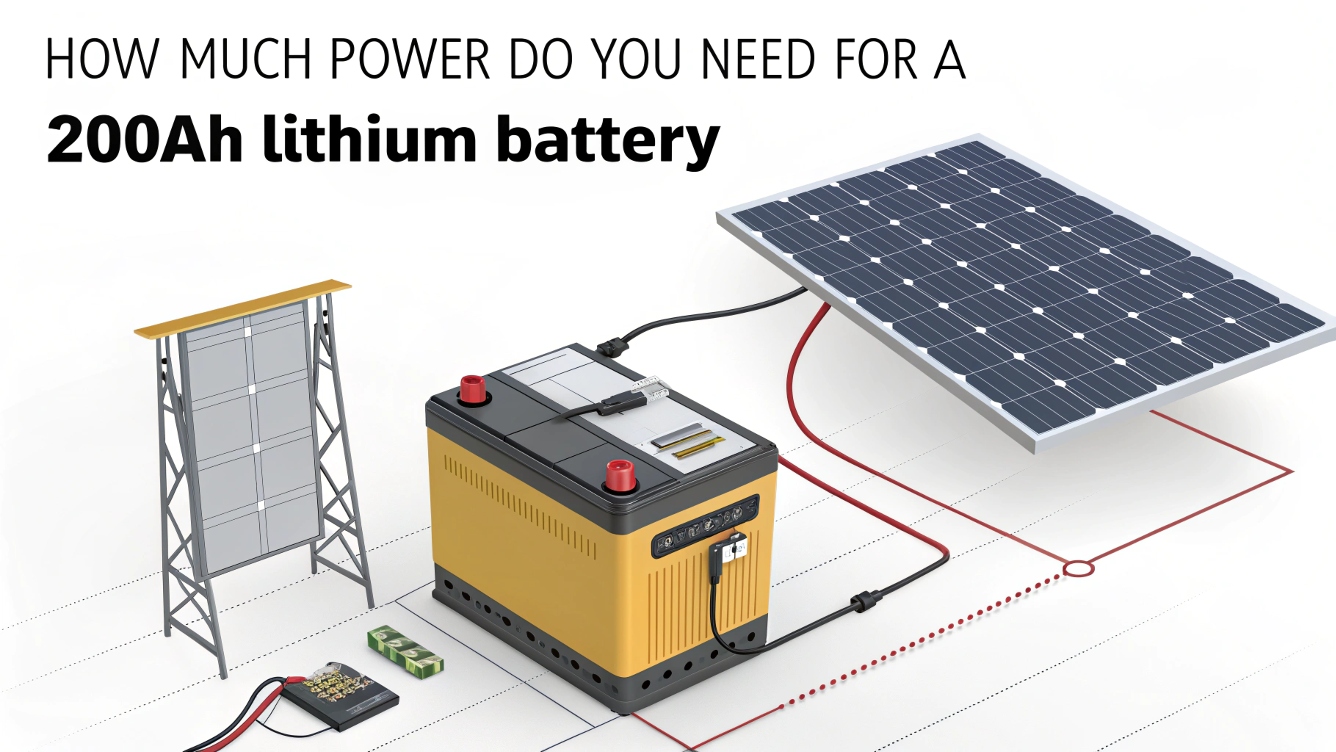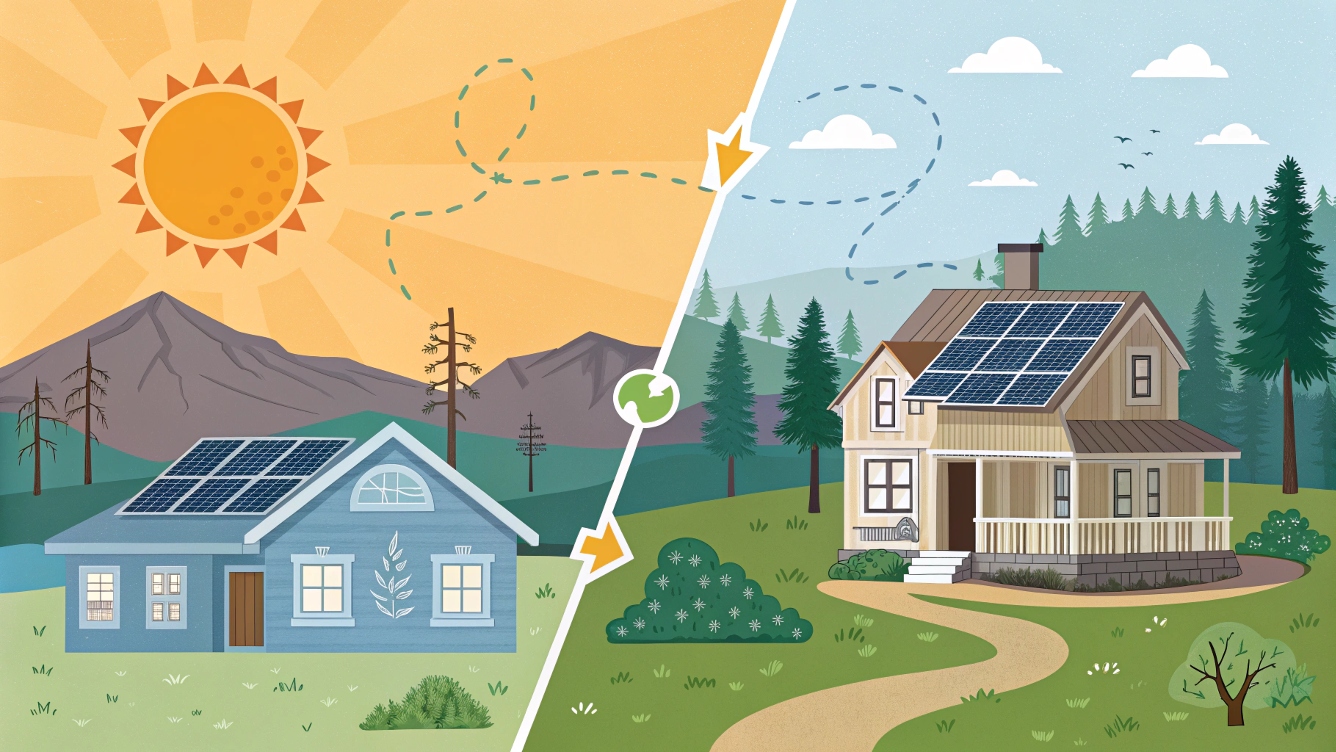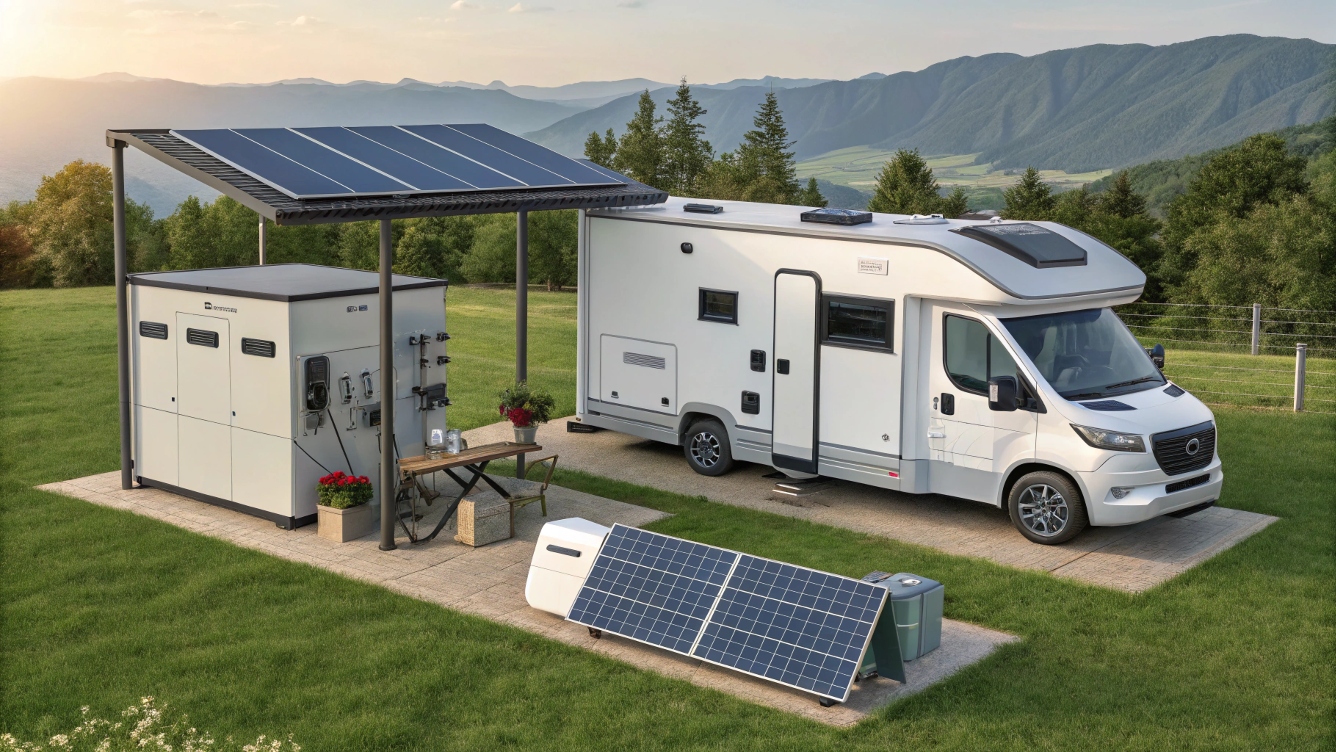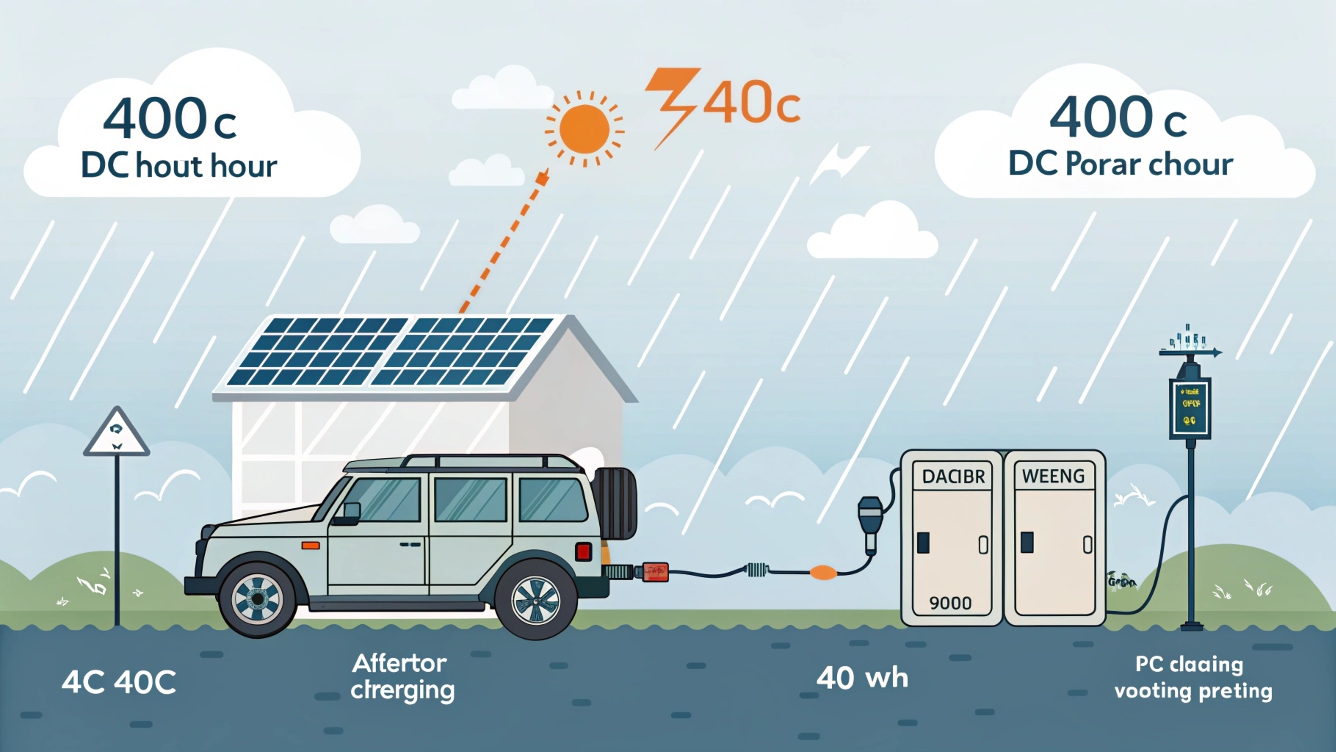De combien d'énergie solaire avez-vous besoin d'une batterie au lithium 200h? Un guide pratique
Why a Batterie lithium-ion pour le solaire Is a Game-Changer

Phosphate de fer et de lithium (LiFePO4) batteries, like our GYCX Solar Modular Series, dominate solar storage due to their:
- Longévité: 3,000–6,000 cycles at 80% profondeur de décharge (Ministère de la Défense), surpasser le plomb-acide par 10x (Wikipedia: Batterie au lithium fer phosphate).
- Efficacité: 95-98% Efficacité aller-retour vs. 70-85% pour le plomb-acide.
- Conception compacte: 50% plus léger et 30% Modèles de plomb-acide plus petit que équivalent:citer[1]:citer[7].
But pairing them with solar requires precise planning. Décomposons-le.
Étape 1: Calculate Your Solar Needs
Stockage d'énergie par batterie
D'abord, convert your battery’s capacity to watt-hours (Wh):
- 12V: 12V × 200Ah = 2,400Wh
- 24V: 24V × 200Ah = 4,800Wh
Consommation d'énergie quotidienne
Assume a 50% Ministère de la Défense (recommended for longevity):
- Usable Energy: 2,400Wh × 0.5 = 1,200Wh (12V):citer[1]:citer[7].
Solar Panel Sizing Formula
Solar Wattage = (Daily Wh ÷ Peak Sun Hours) × 1.3 (30% buffer for losses)
Exemple:
- Emplacement: Arizona (5 peak sun hours).
- Calcul: 1,200Wh ÷ 5h × 1.3 = 312O.
This means you’d need ~300W of solar panels to recharge a 12V 200Ah battery daily:citer[1]:citer[7]:citer[9].
Real-World Factors That Impact Solar Performance
1. Peak Sun Hours Vary by Region
- Arizona: 6.5 hours → Requires fewer panels.
- Oregon: 3.5 hours → Double the wattage:citer[1]:citer[7].
2. Pertes de système
- Contrôleurs de charge: MPPT (95% efficacité) contre. PWM (75%).
- Température: Panels lose 0.3–0.5% efficiency per °C above 25°C:citer[7]:citer[10].
3. Battery Voltage Matters
A 48V system halves the current draw, reducing cable thickness and energy loss. Par exemple, our 48V Solar Starter Kit pairs seamlessly with 24V lithium batteries:citer[5]:citer[9].
Recommended Solar Configurations
Option 1: Basic Off-Grid Setup
- Panneaux: Three 100W monocrystalline panels (300W Total).
- Contrôleur de charge: 40Un MPPT (supports up to 520W for 12V systems).
- Batterie: Single 200Ah LiFePO4 battery.
Mieux pour: Weekend cabins or RV trips with moderate energy use:citer[1]:citer[9].
Option 2: Full-Time Home Backup
- Panneaux: Six 200W bifacial panels (1,200W Total).
- Contrôleur de charge: Two 60A MPPT controllers.
- Banque de batteries: Quatre Systèmes de batterie empilables (9.6Kwh total).
Mieux pour: Powering refrigerators, pompes, et l'éclairage LED 24/7:citer[7]:citer[9].
Optimize Efficiency with Contrôleurs de charge MPPT
MPPT controllers maximize solar harvest by adjusting voltage-to-current ratios. Par exemple, our GYCX Solar MPPT Pro boosts efficiency by 25% compared to PWM models. Key benefits:
- Wider Voltage Range: Handles 12V–48V systems.
- Cold Weather Support: Fonctionne jusqu'à -30°C.
- Bluetooth Monitoring: Track performance via smartphone:citer[7]:citer[9].
Solutions hybrides pour les conditions météorologiques imprévisibles
1. Alternator Charging
Pair solar with a DC-DC charger to recharge batteries while driving. A 40A charger adds ~480Wh per hour of driving:citer[3]:citer[9].
2. Sauvegarde du générateur
A 2,000W propane generator can refill a 200Ah battery in 4–6 hours during cloudy stretches:citer[7].
3. Expand with Systèmes de batterie empilables
Start with one 200Ah unit and add modules as needed. Par exemple:
- Année 1: 200Ah + 600S solaire (basic needs).
- Année 3: 400Ah + 1,200S solaire (adds HVAC support):citer[1]:citer[9].
Ventilation des coûts: Budget vs. Construction premium
| Composant | Budget ($) | Premium ($) |
|---|---|---|
| 200Batterie AH | 1,200 | 1,800 (Empilable) |
| Panneaux solaires (600O) | 750 (Poly) | 1,500 (Minutes mono) |
| Contrôleur MPPT | 120 (40UN) | 300 (60Un Bluetooth) |
| Total | 2,070 | 3,600 |
Premium systems offer 30% faster ROI and longer warranties:citer[1]:citer[7].
FAQ: Expert Answers
Q: Can I use a 200W panel for a 200Ah battery?
UN: Oui, but it’ll take ~3 days to recharge fully. For daily use, opt for 300–400W:citer[9].
Q: How long does charging take on cloudy days?
UN: Output drops by 70–90%. A 300W system may take 2–3 days:citer[7]:citer[10].
Q: Are lithium batteries safe in RVs?
UN: Oui! Notre batterie au lithium ion pour l'énergie solaire includes built-in BMS for overcharge/overheat protection:citer[1]:citer[7].
Conclusion: Build a Future-Proof Solar System

A 200Ah lithium battery typically needs 300–600W of solar panels, depending on location and usage. Pair it with MPPT charge controllers et Systèmes de batterie empilables for scalability and efficiency. Chez GYCX Solaire, we offer customizable kits for every need—from RV adventures to off-grid homes.
Étapes suivantes:
- Use our Solar Calculator for a custom plan.
- Explore Solar Panel Kits with pre-configured components.
- Watch our Installation Tutorials to avoid common mistakes.
Références
- Efficacité de la batterie au lithium: Wikipedia: Batterie au lithium fer phosphate.
- Solar irradiance data: NREL National Solar Radiation Database.


